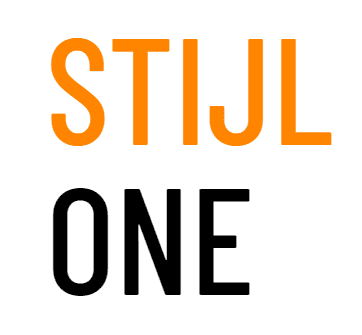Stijl One

Problem addressed
Due to the housing crisis, there is an increased need for flexible living accommodation and houses with a low carbon footprint.
Overview of start-up
Stijl One is a 39sqm one-bed portable home. The Stijl Two is at the moment in a development stage and the proto type will be produced early 2023, and go in production late 2023.
The houses are manufactured in using standardised offsite manufacture and production. The structure is fully transportable, delivered and then assembled onsite, either temporarily or permanently on a pre-prepared site with services. The homes are placed on prefabricated foundation slabs, so no foundations are needed, making it ideal for temporary housing that needs to be moved after a few years.
The Stijl One is all electric with a hot water tank, infrared and airflow heating system. The house comes as a complete package with a fully fitted kitchen with appliances and a washing machine. The upper floor has a space for a double bed, storage, and a work area. The pitched roof has photo-voltaic panels sufficient to provide up to 60% of the energy demands. Maintenance and energy costs are kept to a minimum by proven high insulation values and technical installation.
The Stijl Two is currently being developed and is aiming to produce all the energy required via roof mounted PVs and a heat pump, as well as on site battery storage. It will be built from low-carbon building materials with both low embodied energy and carbon in the production, transport and assembly. It is fully recyclable, and most components are reusable.
What makes the start-up innovative
Stijl One is a modular house with a steel frame and laminated wooden inner shell. Stijl One aims to design and produce affordable, quality and healthy portable homes that focuses on social health at the places where people live and work. The movability ensures that the homes can be placed in locations where there’s an urgent need for them and can easily be relocated if conditions or demand changes.
The affordability of the house makes it ideal for councils and housing associations on small/infill or brownfield sites in urban areas.
How the start-up has been designed to scale-up quickly
Stijl One is working with several manufacturing companies in the UK and abroad. Furthermore, twelve homes can be installed in a day, enabling rapid deployment and construction.
